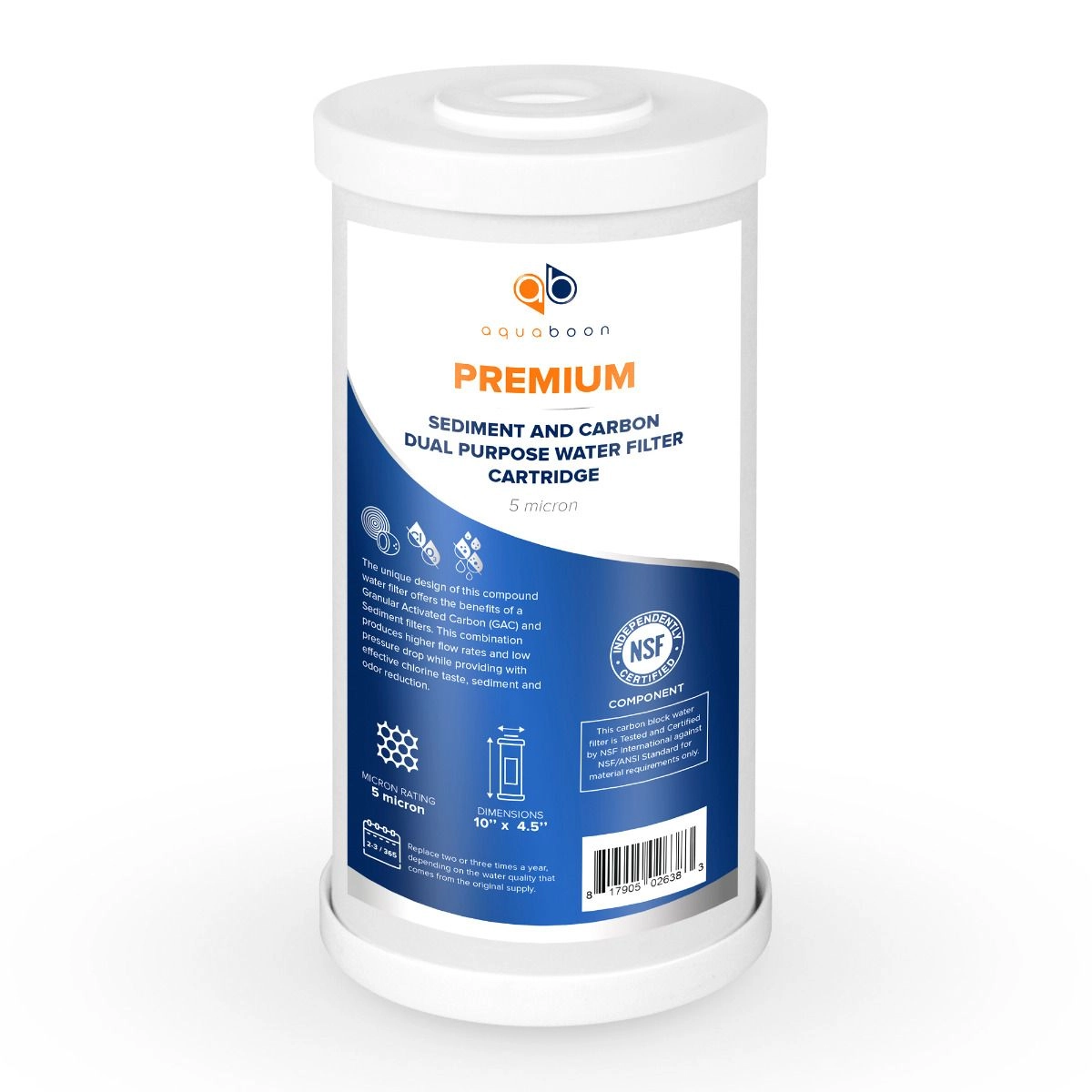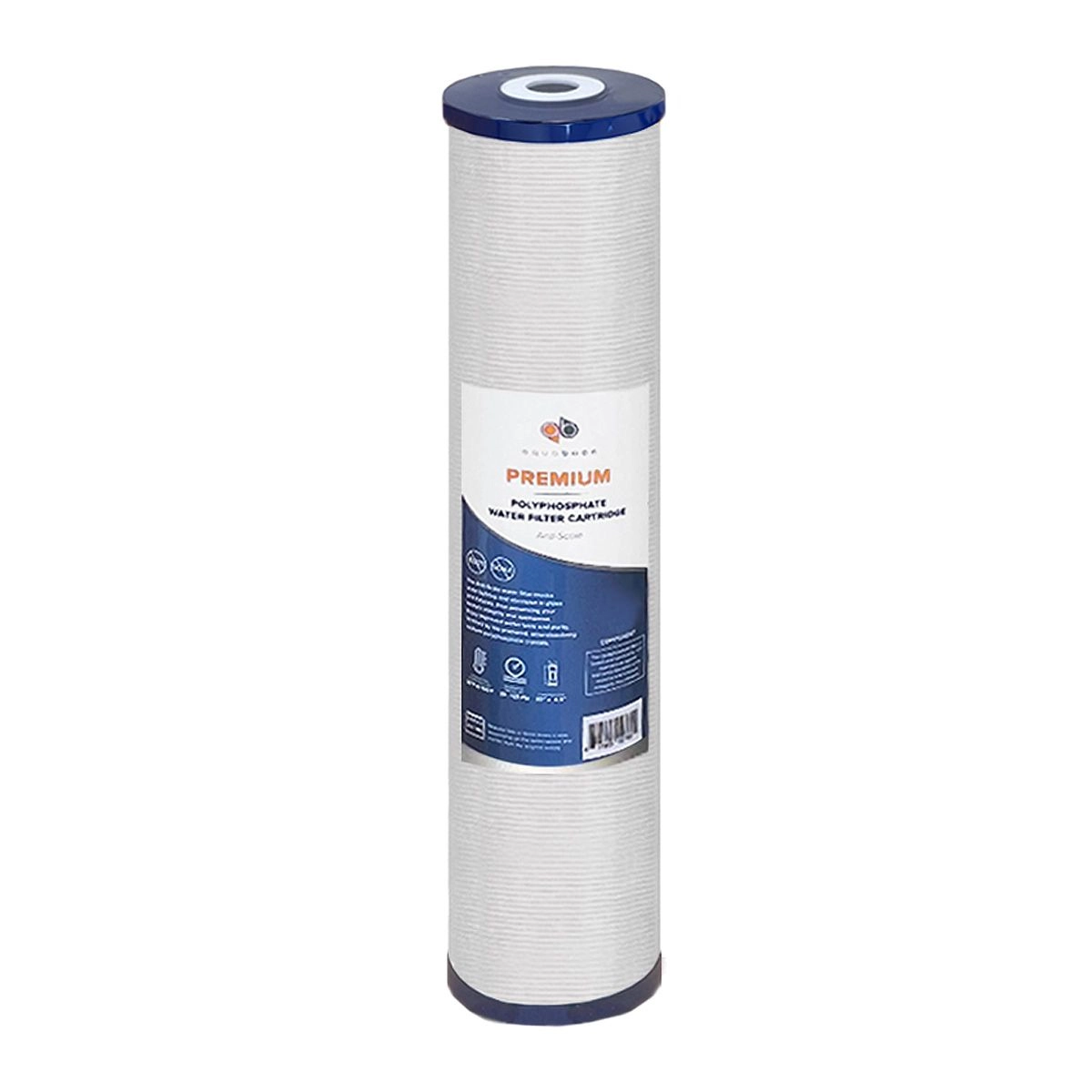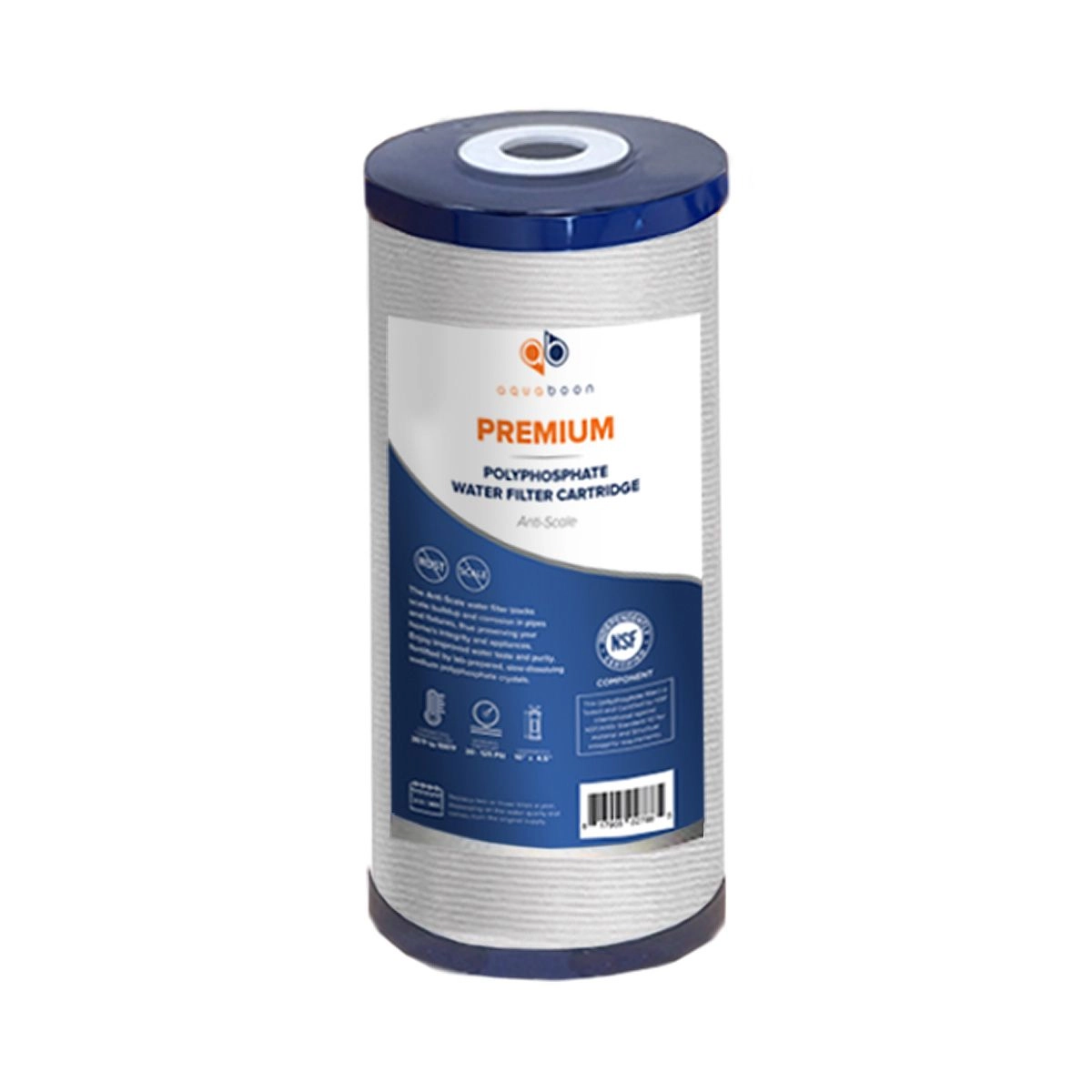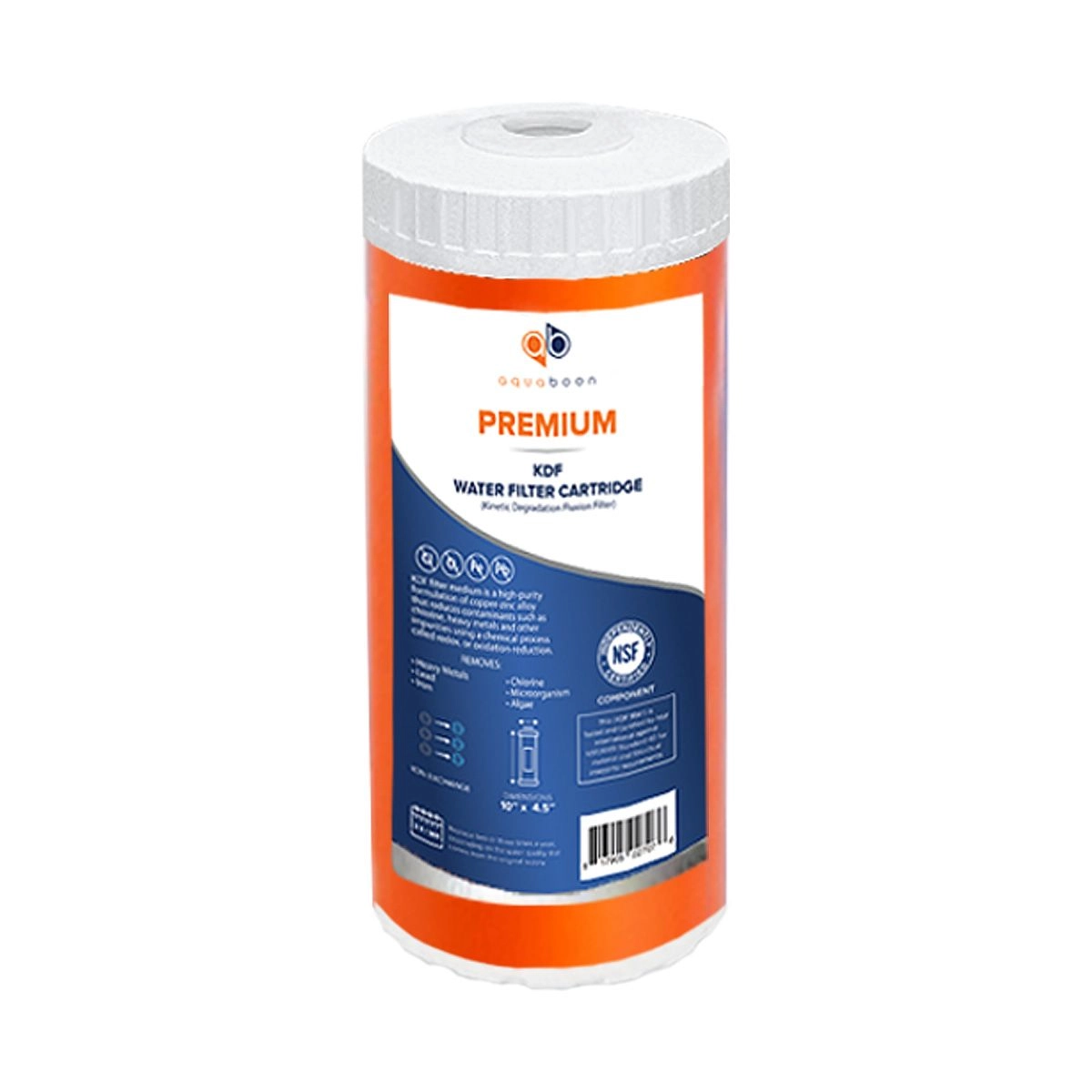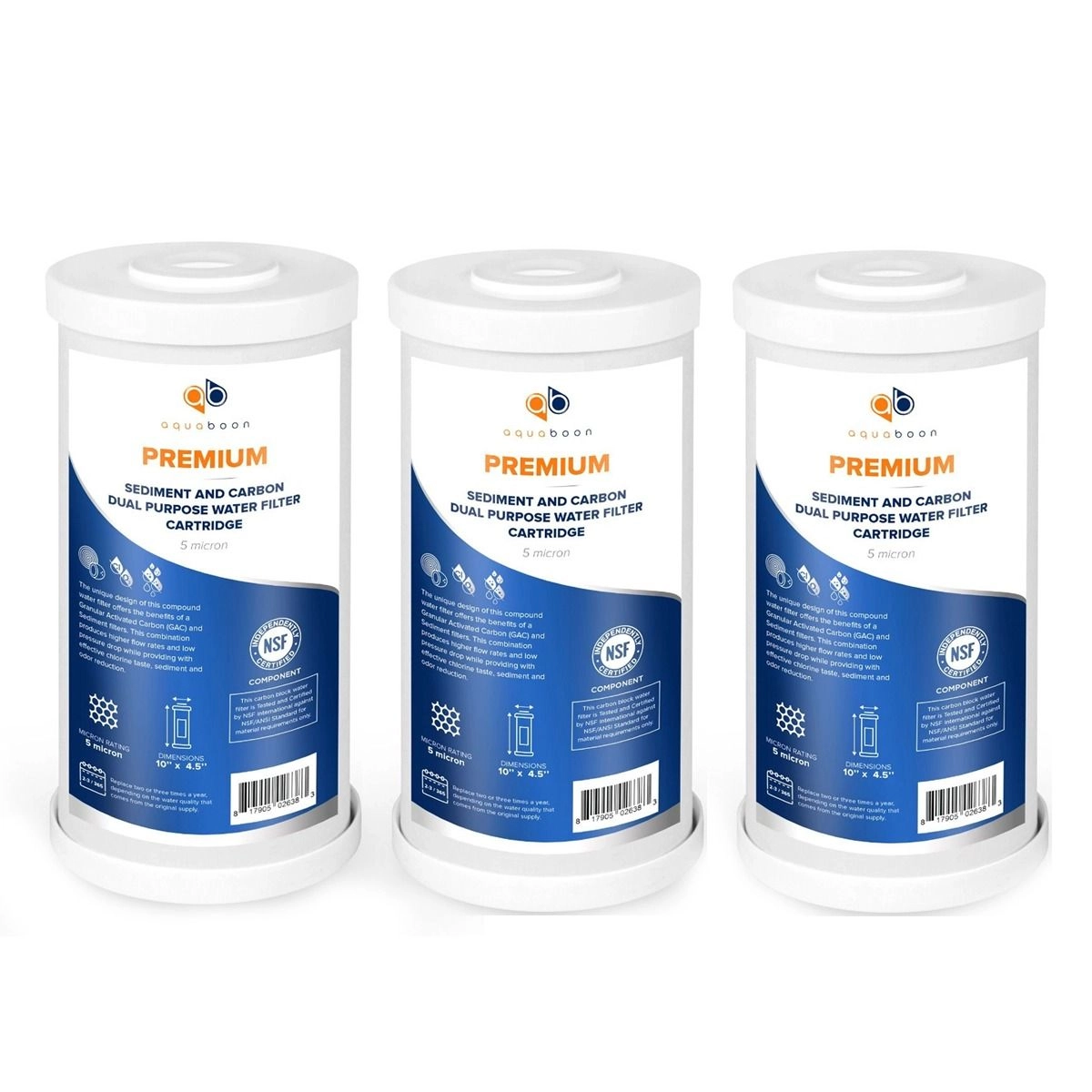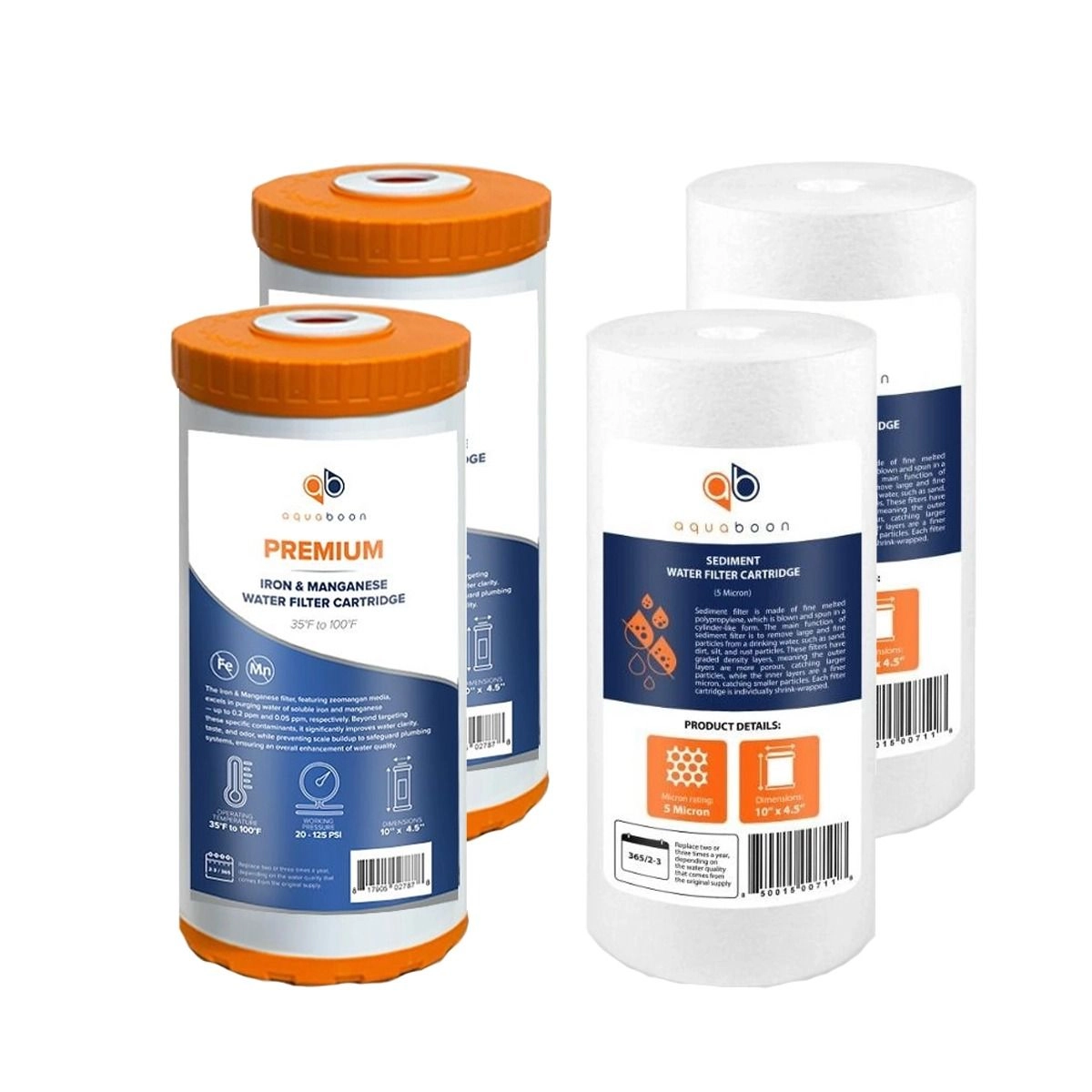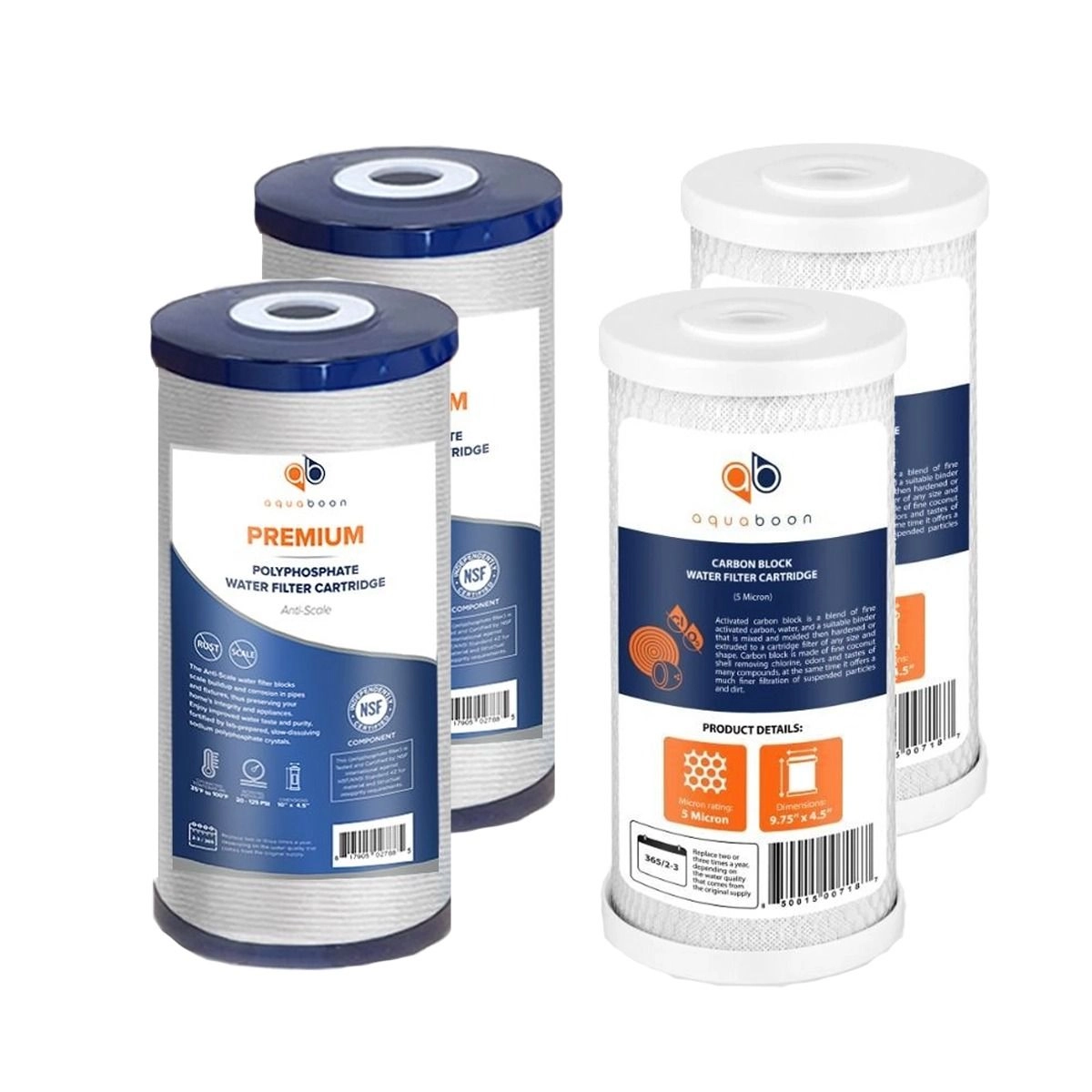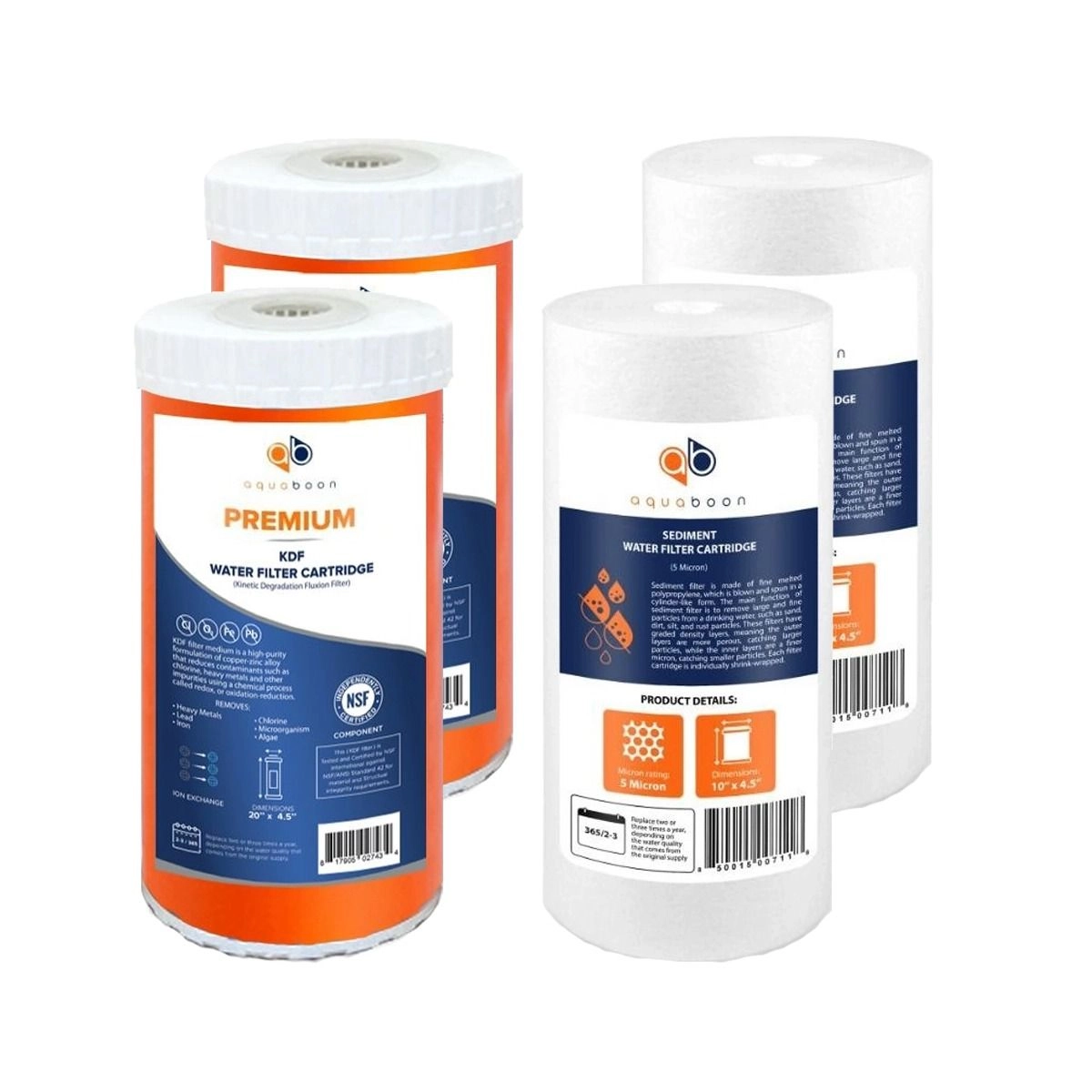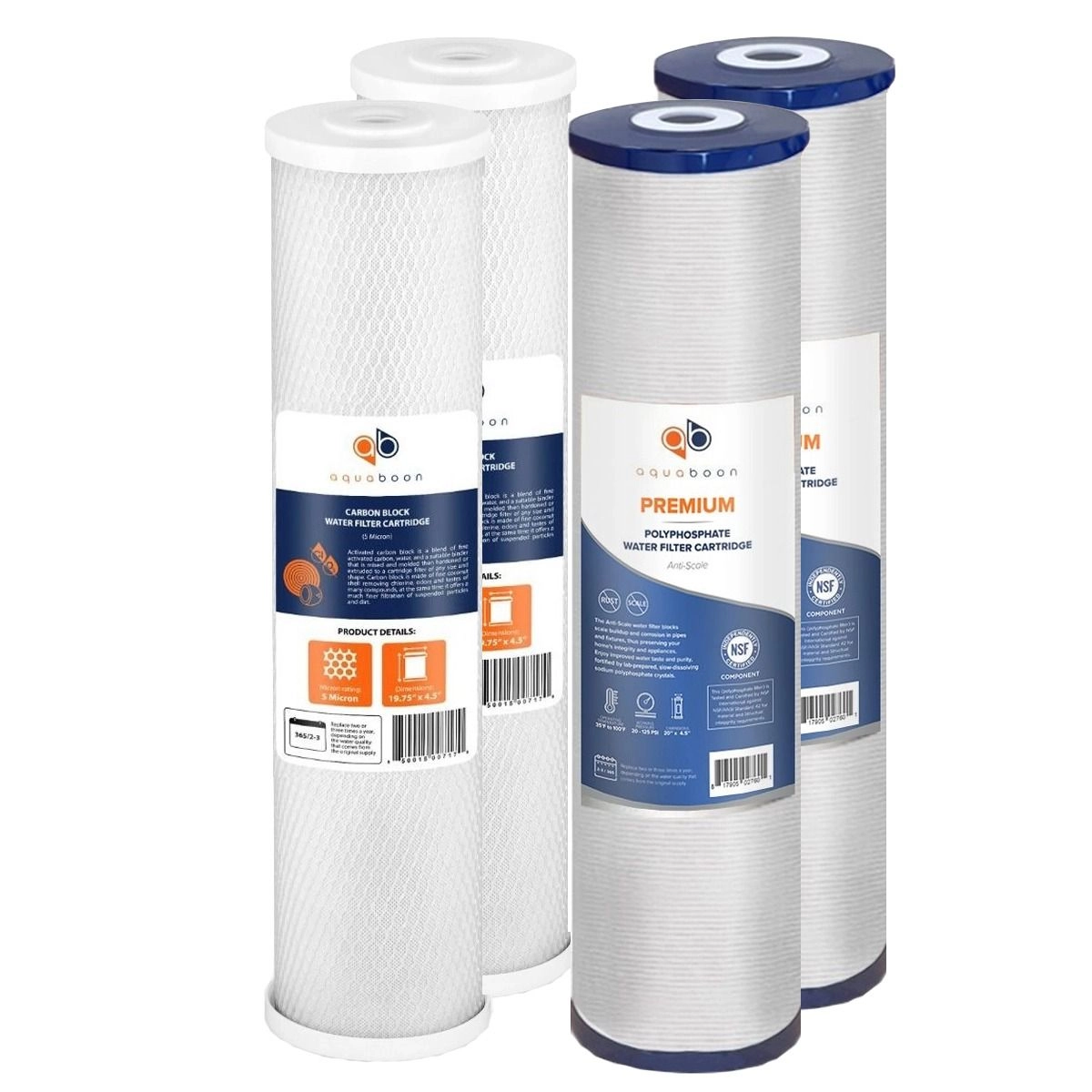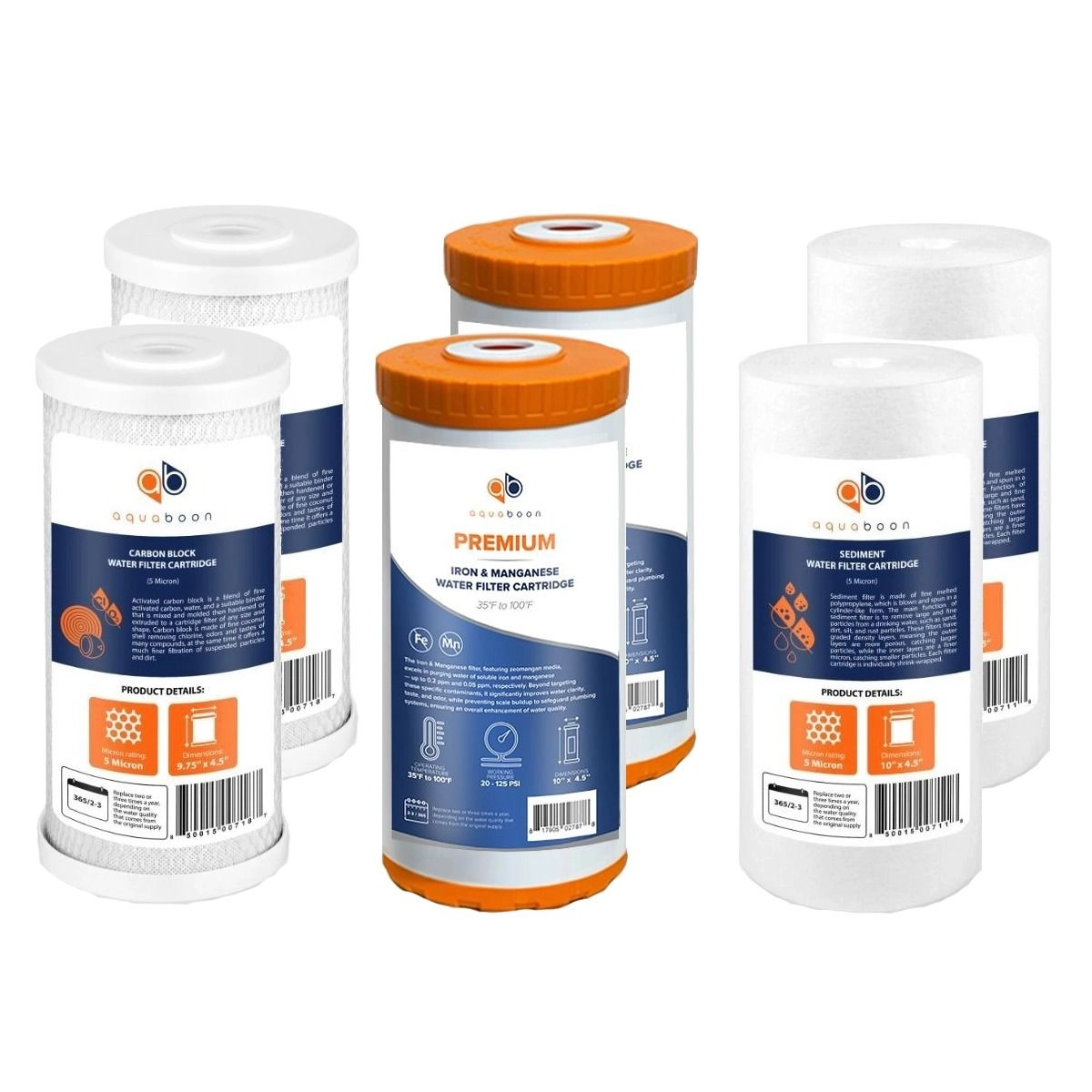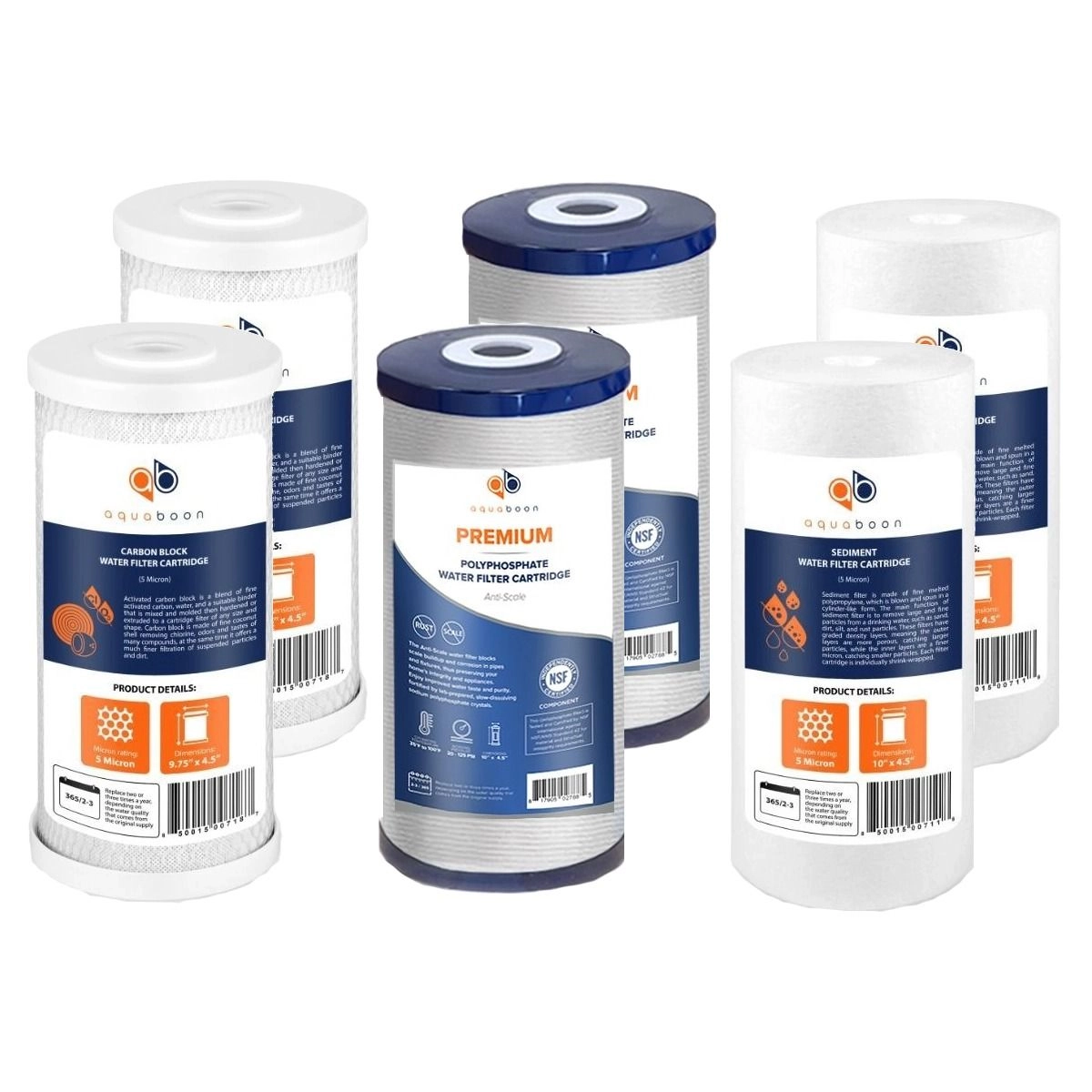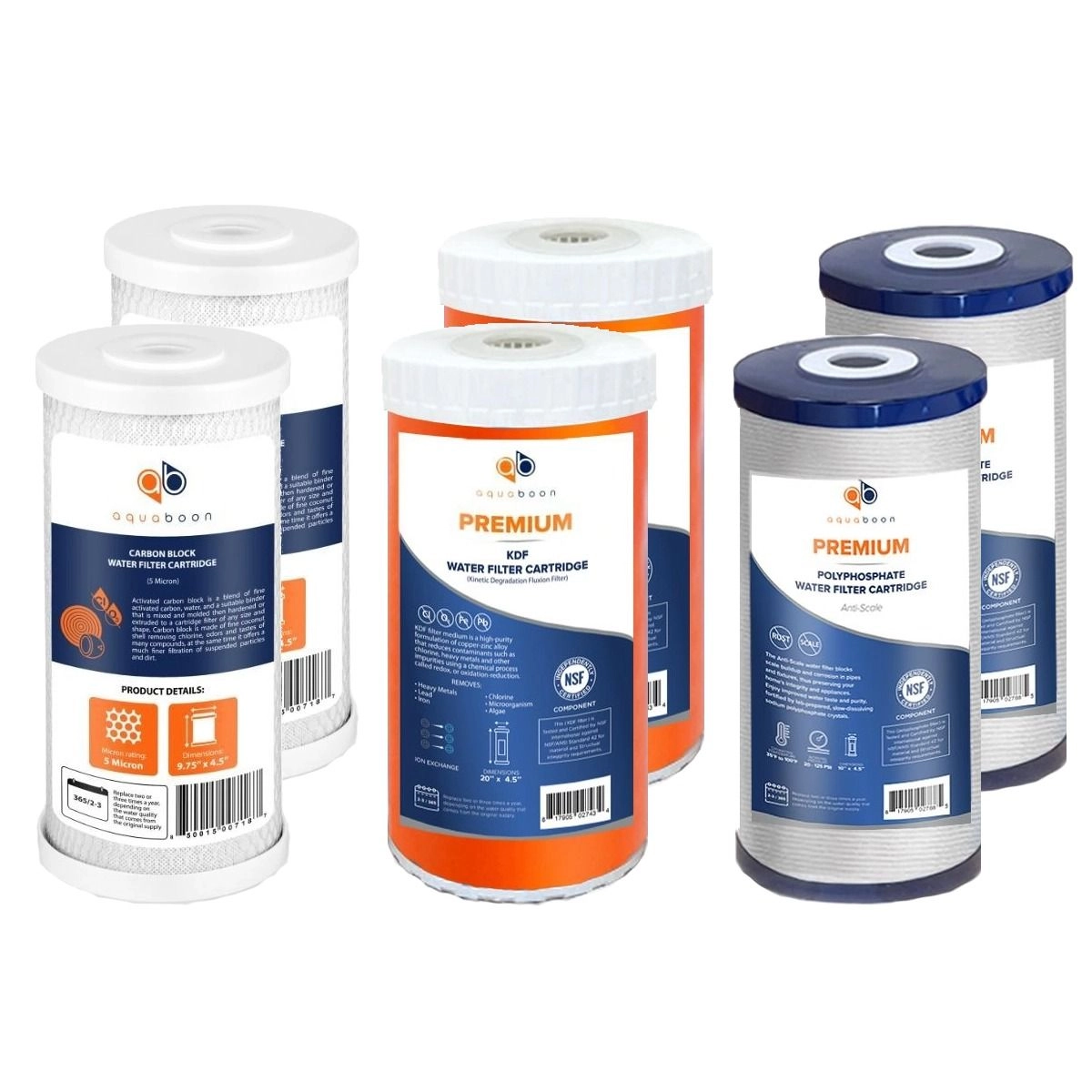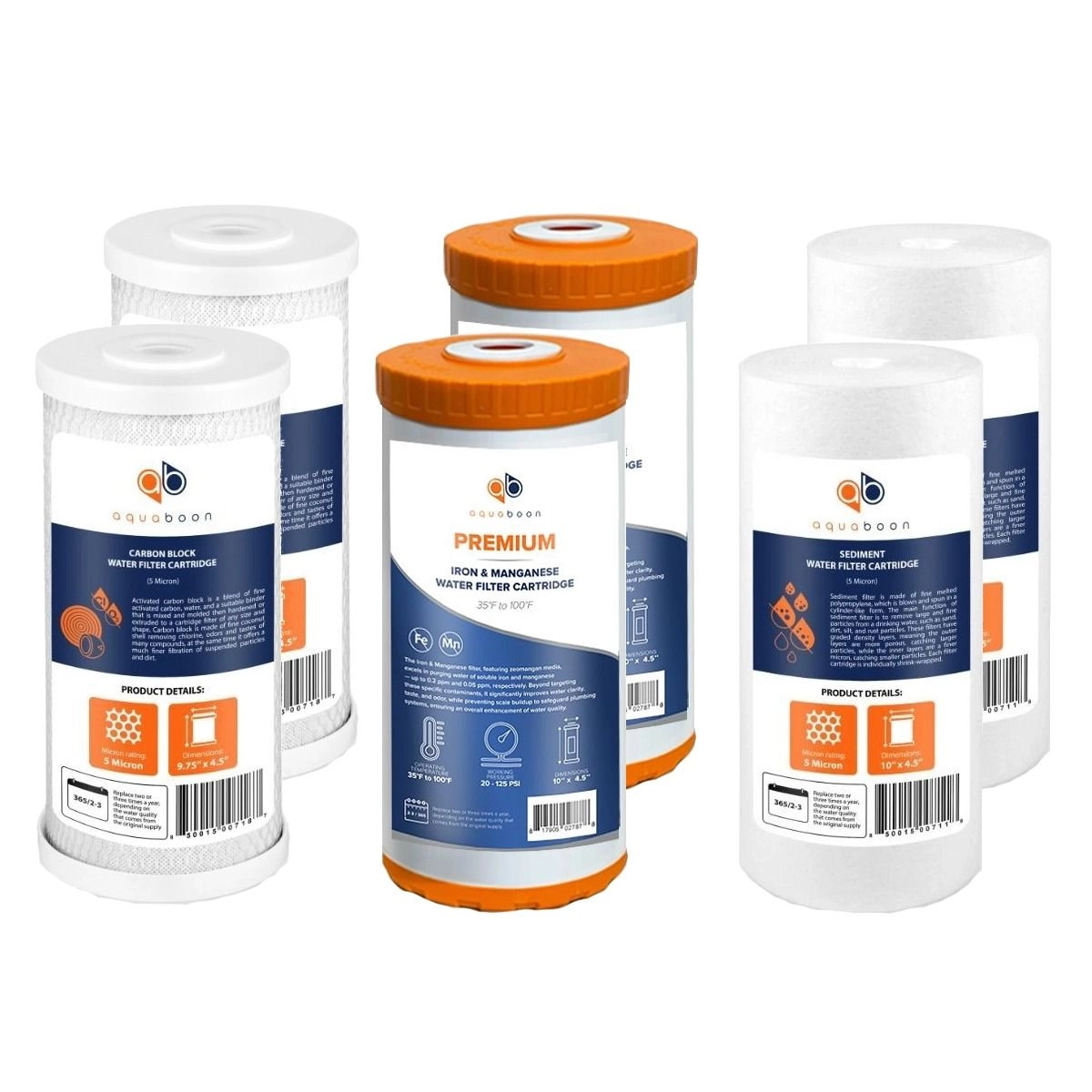“Thousands have lived without love, not one without water.”
This is a famous quote from a renowned British-American poet W. H. Auden. But if we must drink to stay alive, why not get clean, clear, filtered water? Fortunately, more health-conscious American families agree and have continued to embrace filtration systems to safely enjoy their water daily.
However, water filtration systems are not a one-fix solution for healthy drinking water. The filters need to be maintained and changed regularly to ensure they continue to work as expected. But how do you know when to change the filters in your home?
Knowing when to change your water filters is quite easy. In this article, we’ll offer tips on the signs you should look out for when your filter replacement is due. Additionally, we’ll provide a step-by-step guide on how to replace the filters and highlight the lifespan of different filter types to ensure you stay on top of maintenance.
Signs It’s Time to Change Your Water Filter
Here are some early signs to change water filters:
Changes in Taste, Smell, or Appearance
One importance of filter replacement is its ability to trap certain harmful chemicals that cause an odor or smell from getting to the main house line. But when the filters are choked, they become less effective, allowing impurities that cause bad tastes or smells to slip into the supply.
Also, filtered water should be colorless and transparent. So, if it is not, it could indicate the presence of impurities. In this case, you may notice a cloudy appearance or turbidity when holding a full glass of water against the sunlight, making it unsafe for drinking.
Slow Water Flow
When filters are clogged with impurities, especially with high TDS (Total Dissolved Solids) levels, you will notice a slow flow. For this reduced water pressure, replace the filters to get your guaranteed filtered supply.
Filter Replacement Indicators
Filter replacement indicators estimate how much service life is left by measuring flow rate, level of contamination, time the filter has been used, or the volume processed. The indicators get activated when a change of filters is due. So, if your purifier shows any signs, have it replaced immediately.
Higher TDS Levels
When the filters start wearing out, your water may taste salty, feel hard, and even leave white stains on the drinking glass; that’s a sign of high TDS levels (Total Dissolved Solids). You can check your TDS levels with a TDS meter and change the filters if there is a significant increase in TDS levels.
Brown Scaling or Sediments
A reliable filtration system should produce clean water free from dirt or harsh sediments. These filters are designed to trap particles like mud, dirt, and solid substances. However, when it’s time to change filters, water purifiers begin to perform less optimally, allowing brown scales or sediments into the water supply.
How to Replace Your Water Filter?
The importance of filter maintenance lies in its ability to trap harmful contaminants, ensuring the water is clean and safe to drink. But with time and regular usage, it may become clogged and less efficient, requiring frequent replacement as suggested by the manufacturer.
You can perform your replacement in a few simple steps. Start by identifying the filter you have, as each type often has a unique replacement process. Then turn off the water supply to your system while you replace the filter.
After shutting the supply, carefully remove the old filter and install the new one correctly and securely. You can now turn the supply back on and let the water run for a while to flush out any air or debris that may have accumulated during installation.
Check for leaks in the system and fix them immediately to prevent damage and conserve water.
Tools Needed for Filter Replacement
According to Emmert Wolf, “A man is only as good as his tools.” With the right tools, filter replacement is quicker and easier. So for a proper replacement, you’ll need the following essential tools:
- Replacement pre-filter
- Filter housing wrench
- Bucket
- Towels
- Plumber’s silicone grease (not sealant)
- Waterproof gloves.



